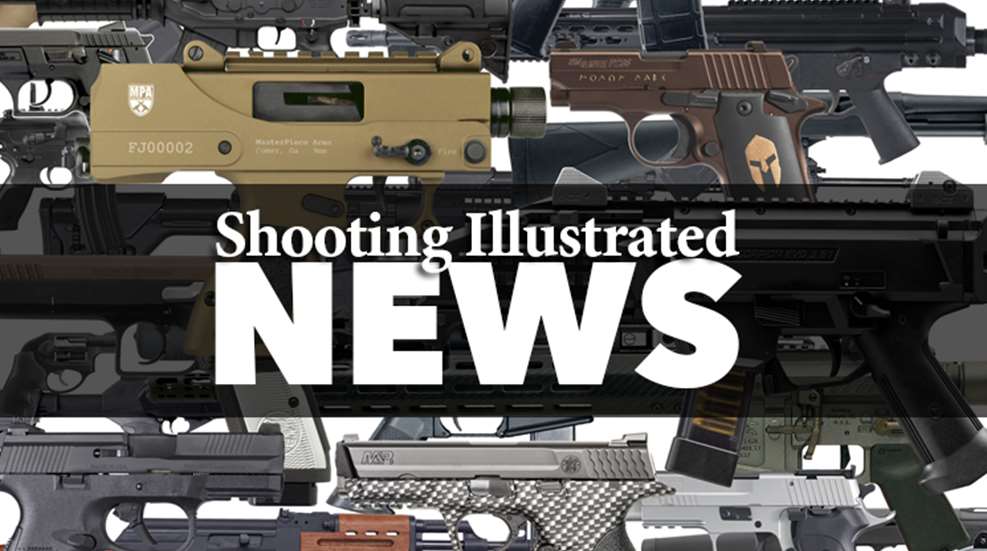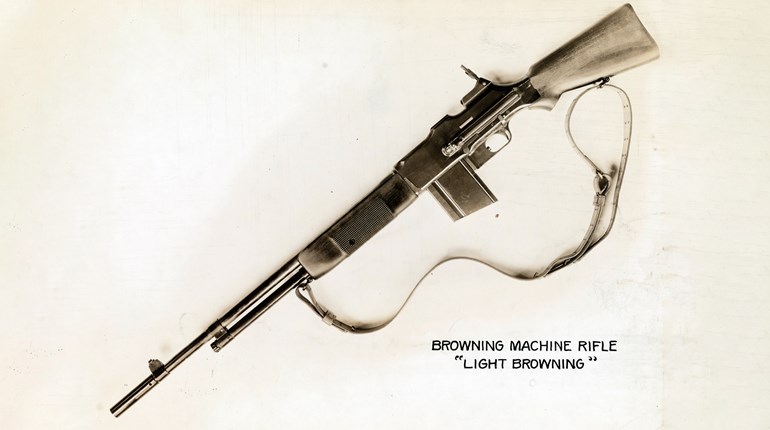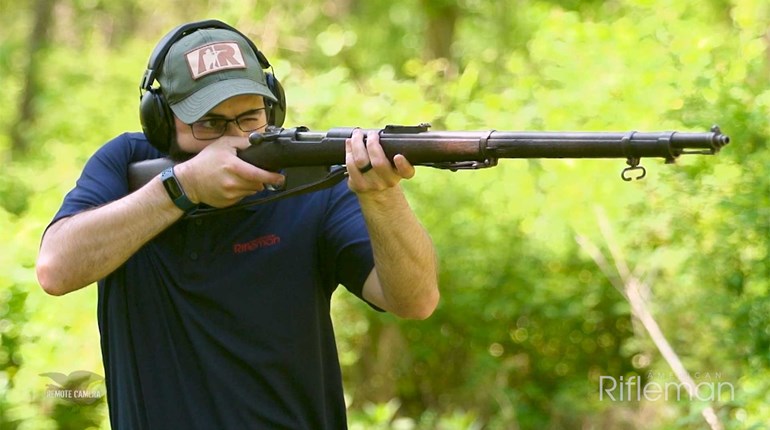
Last week marked the 100-year anniversary of the Austro-Hungarian declaration of war against neighboring Serbia, and the beginning of "The Great War."
It was July 28, 1914, when Archduke Franz Ferdinand, heir to the Austro-Hungarian Empire, was shot to death with his wife by the Bosnian Serb nationalist Gavrilo Princip in Sarajevo, effectively launching the hostilities that would last for nearly five years.
By August 3, 1914, Russia, Austria-Hungary, Serbia, Germany, France and Great Britain mobilized their armies, solidified their alliances, and embarked on a devastating war that saw over 37,400,000 casualties. Known as "the war to end all wars," World War I would indeed put an end to multiple empires, but it would also carve the foundation for World War II, create new, unstable nations, and usher in modern ground, sea and air warfare.
For the first three years of the war, the United States remained dedicated to a nonintervention policy, but the unrestricted submarine warfare by Kaiser Wilhelm's navy in 1917 was enough to convince Congress to declare war. While the war was not popular among an American population that had seen a rapid increase in European immigration, between September 1917 and November 1918, 2.8 million Americans were drafted to join Europe's "Great War."
Unlike any conflict before it, World War I was dominated by trench warfare, primarily due to the use of advanced artillery, infantry rifles and machine guns that made it difficult for troops to advance across open ground. The war also saw the first use of poison gas, tanks, submarines and aircraft, including zeppelins.
1918 saw the introduction of the Browning Automatic Rifle (BAR) light machine gun. Designed by John Browning and chambered for the .30-06 Springfield cartridge, the M1918 replaced the French-made Chauchat and M1909 Benet-Mercie machine gun. With the introduction of the 15.5-pound M1918 came new field tactics. For marching fire assaults, the BAR's shoulder sling was adjusted in length to permit the butt to be held firmly at the side of the torso, just above the hips, with one hand at the trigger and the other hand aiming.
Compared to its allies, the United States would suffer a 7 percent casualty rate in World War I, which represented the percentage of total mobilized forces killed in action or by disease, wounded, missing or captured. In comparison, five years of war left Russia with a 76 percent casualty rate and 9.5 million casualties, and Austria-Hungary with more than seven million casualties and a 90 percent casualty rate. Of the 4,355,000 Americans who served, 116,516 died and 204,000 were wounded.






































